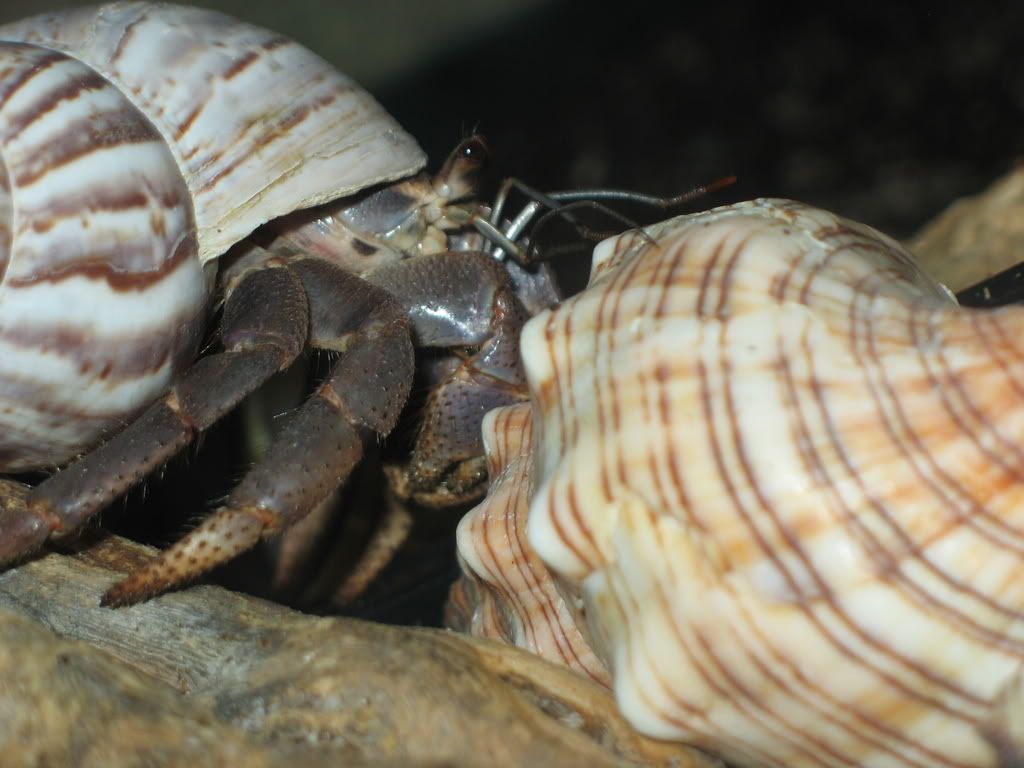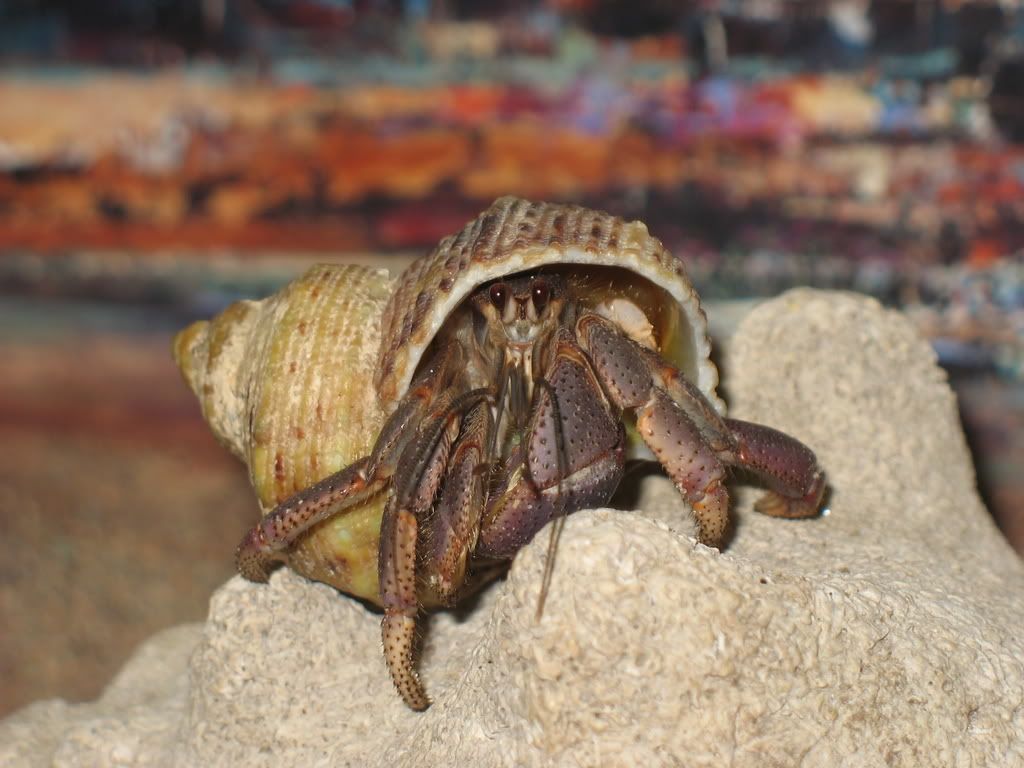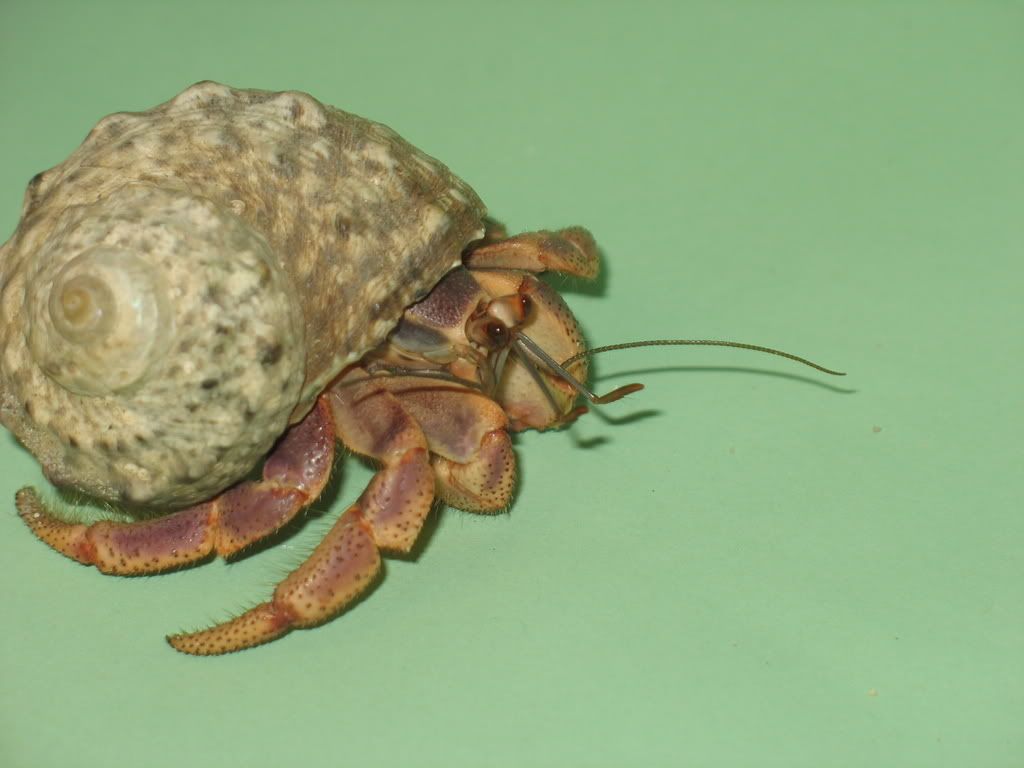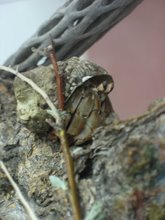| (100 grams) | --- | acorn | butternut | pumpkin | hubbard | |
|---|---|---|---|---|---|---|
| Calcium | (mg) | 33 | 48 | 21 | 14 | |
| Beta carotene | (mcg) | 220 | 4226 | 3100 | 820 | |
| Zeaxanthin | (mcg) | 38 | 0 | 1500 | ? | |
| Potassium | (mg) | 347 | 352 | 340 | 320 | |
| Vitamin C | (mg) | 11 | 21 | 9 | 11 | |
| Dietary fiber | (g) | 1.5 | 2 | .5 | ? | |
| Protein | (g) | .8 | 1 | 1 | 1.2 | |
| Omega 3 | (mg) | 26 | 26 | 3 | 131 | |
| Omega 6 | (mg) | 16 | 16 | 2 | 79 |
Human-edible winter squash are all safe for crabs. The peel, the blossoms, and the seeds are also edible. Next autumn, I hope to conduct trials on leaves of several squash plants. Winter squash is a very good source of vitamin A (butternut having the most, followed closely by pumpkin). Hubbard has 5 times the omega fatty acids that the others do.
CAUTION: Seasonal gourds sold for decorative purposes may be poisonous and should be avoided even though they may be sold alongside edible varieties in the grocery store.
























No comments:
Post a Comment